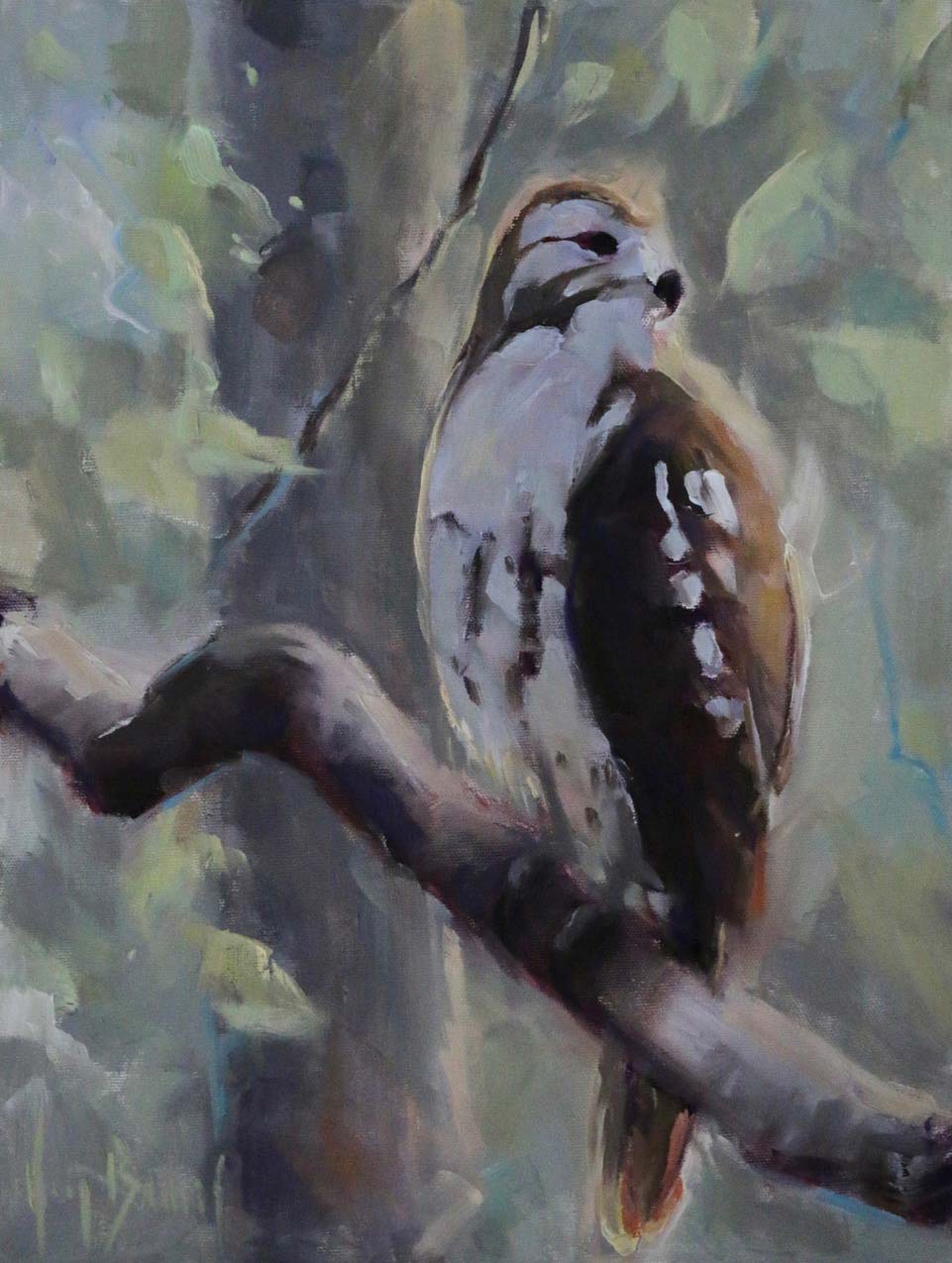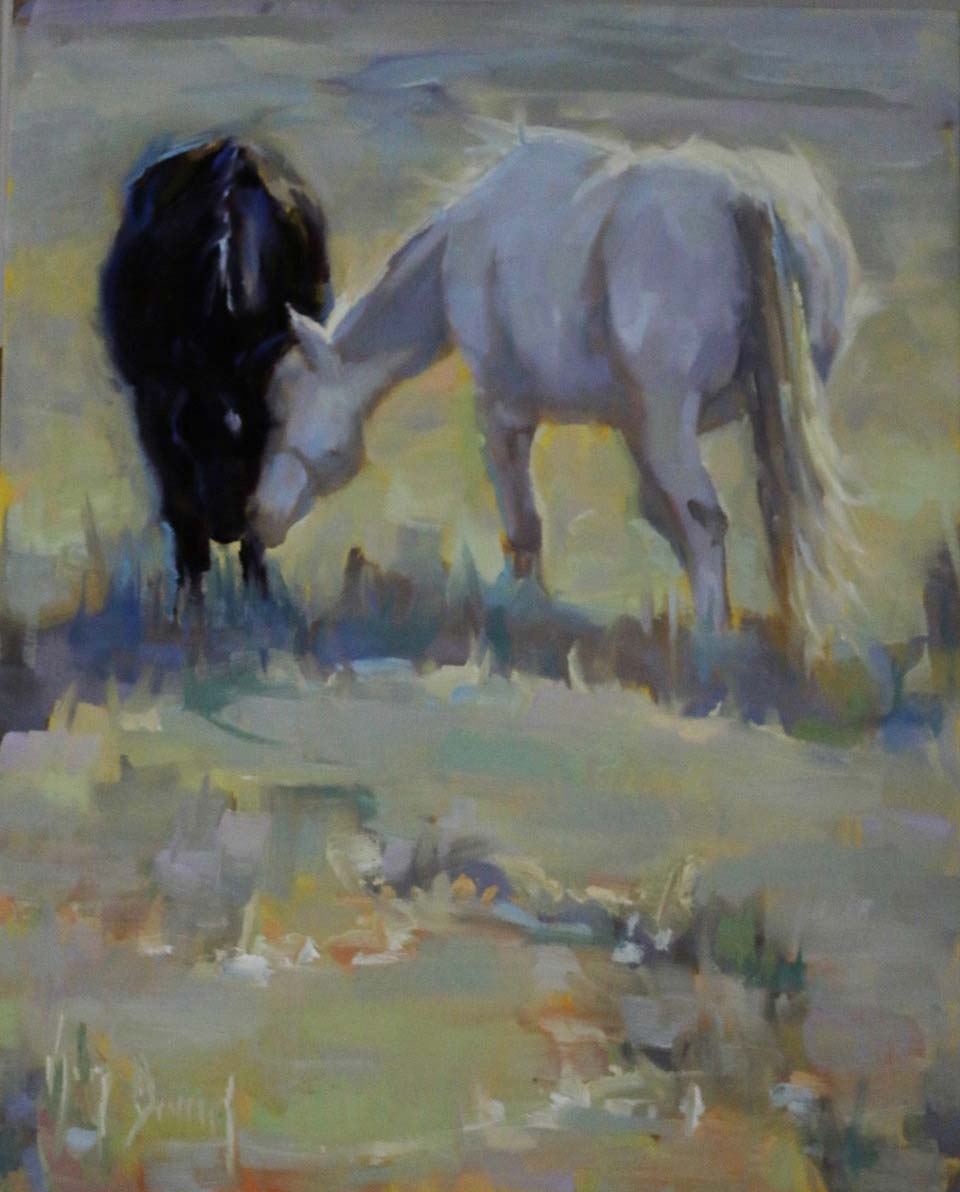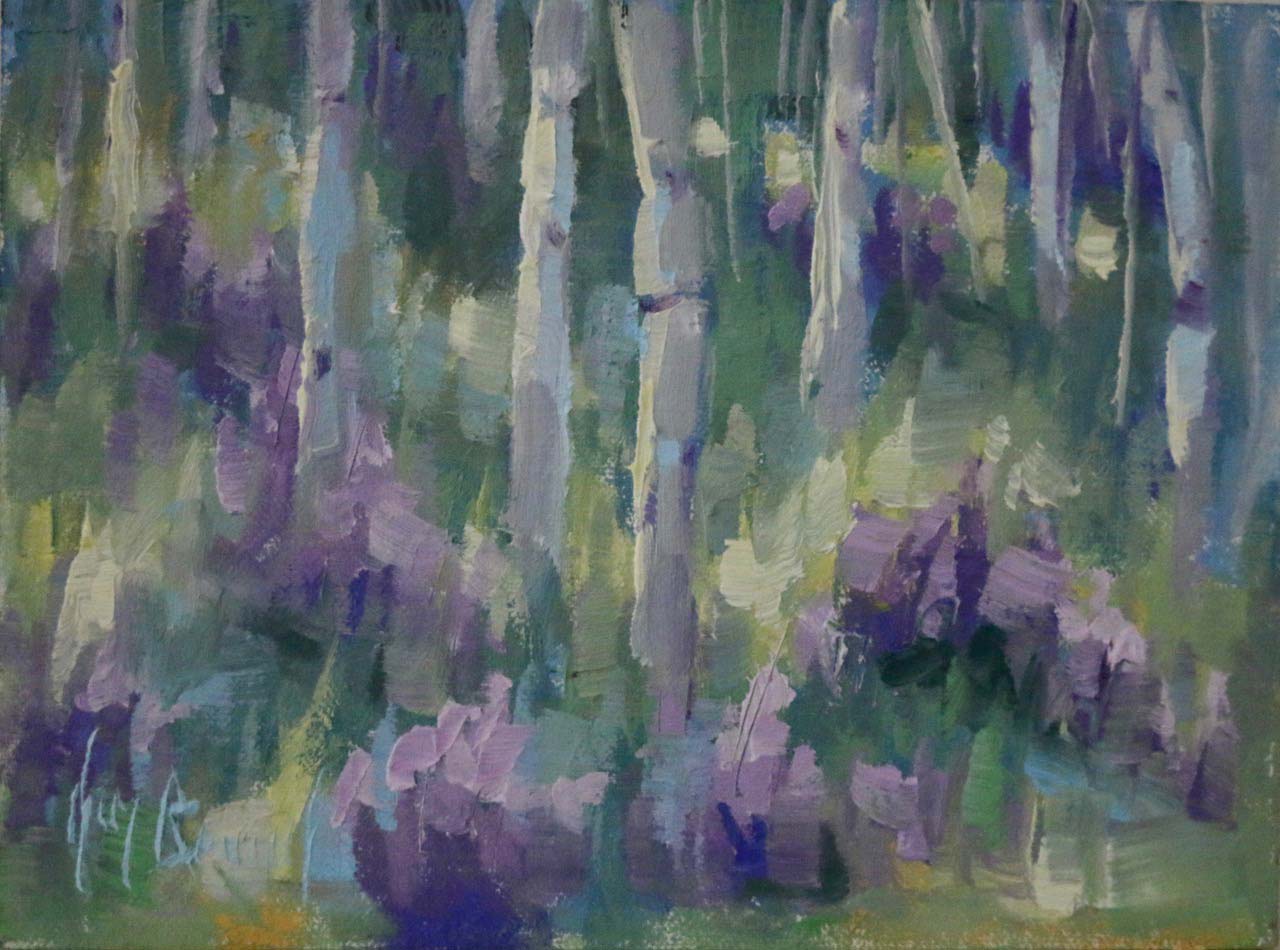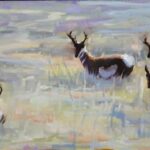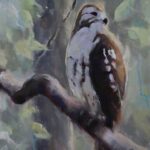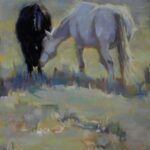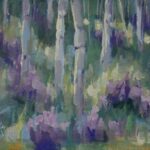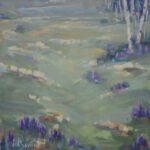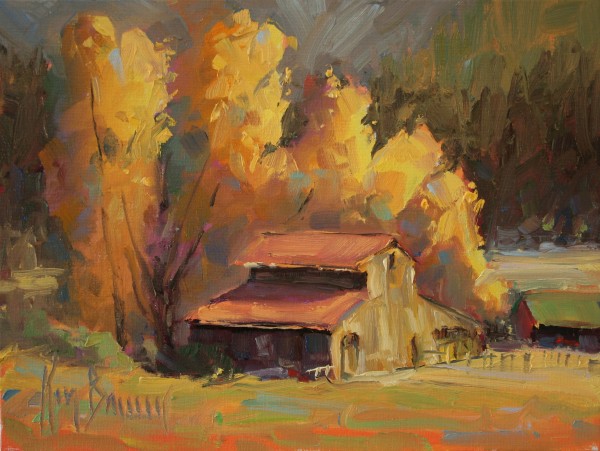
Homeplace
“Give a child roots and wings”. Not sure who said this, but if we are connected to the earth and yet feel we can soar, that would be a pretty good way to live.
A native Coloradoan, by a twist in destiny, I have always felt the Rocky Mountains are where my roots are planted. It is something about the quality of the air, and the tang of rain coming, cooling a sizzling summer afternoon. It is the reliability of the sunshine and the damp smell of aspen groves. The dryness of the semi-arid region is sparse in every way, few birds, critters, mammals and vegetation. The West is a neutral sensory canvas, where pops of scent, noise and color are starkly noticeable, not unlike a crimson buoy on a great grey sea. The pallet is beige, warmly under painted with a glow of pale rust and ochre, quiet and windy parched. Green-ness interrupts the rock, cobalt skies, an intense compliment. The season of wildflowers is short and winter rules. Snow blankets transforming sharp edges into icy frosting, in the light of the sun, glittering but chilling when not.
Tennessee where I have spent much of the middle of my life is green, rich and pungent. The landscape is accessorized in all manner of creatures, furry, crawling, slithering, flying or swimming. Add to that an explosion of blooming and pollen and rainfall with plenty of lightening, flooding and tornados. It is as abundant in sensory experiences as the Rockies are devoid. The landscape as a result is a garden of delights. Man carves places out to add structures that interrupt the leafy thick, grassy growth. The sky is hidden by a canopy of branches, petals and foliage. When seen, it seems pale as if struggling to force itself through the humid atmosphere.
Everywhere I have been seems to have a distinctive flavor. Admittedly variants occur and exceptions, but it is the sameness that gives a place its character. The elements that are repeating and can be relied upon, sunshine and winds in the West and ample rain and bumper crops in the South are pieces of what shape the landscape. Saving these elemental features, undeniably unique that form a “sense of place” or home to their inhabitants are what are sacred and require attention. Admittedly, the sameness is often overlooked, when eye-catching novelty takes a front seat. But it is child-like self absorption, which cannot fathom the importance of what appears to be everywhere and unending. It is only when the prairie is gone, the forest harvested or the wetlands drained that we miss what is now beyond reclamation. Then can we atone for what is lost?
When provincialism dies and the world can be seen as a giant quilt bound together by small stitches but made from the same fabric, then we can become citizens of the universe. My feeling of home and roots are in Colorado, but my wings have lifted me to place with a more expansive view of things. I see the community of Life struggling to evolve. Open spaces give us rest, refreshment and the reason to go on and stay connected.
In Tennessee, artists have in a small way taken their place to document the singular landscapes of this region. In 2001, The Chestnut Group formed to raise money and help preserve the landscapes. It was a small idea, not even original but I tossed it out there and the response exceeded my expectations. The members continue their efforts today. In Colorado, The Continental Divide Land Trust now has artists painting to aid in the protection of the sacred valley of The Blue River, and other fragile open spaces in that region.
Though my efforts are small, they were voiced among my peers. The response has moved others to roll up their sleeves and pitch in where they can. I continue to serve at Radnor Lake Natural Area. I am a lightweight among my fellow board members, but still an artistic voice that is valued. There is something each of us can do to make the world the place we want to come home to and be ourselves.

